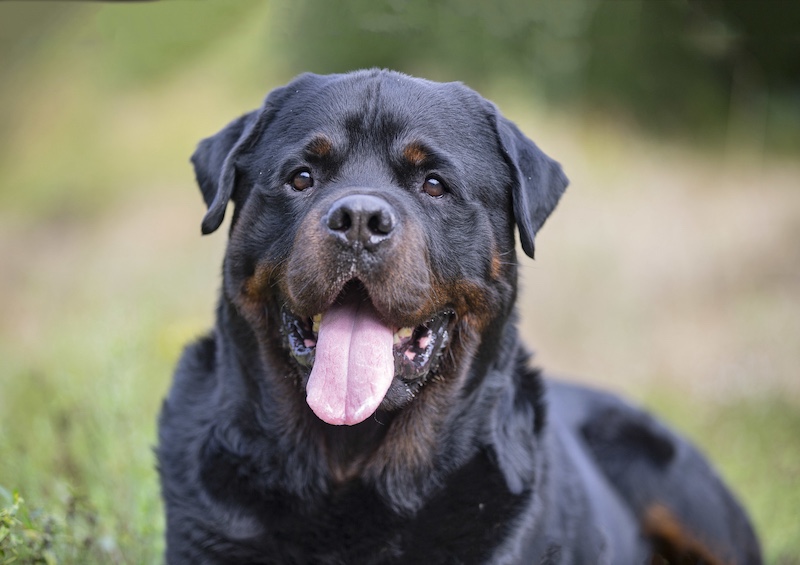Dogs are often celebrated for their diverse appearances, personalities, and abilities, but have you ever wondered how some of the most beloved breeds got their names? From historical origins to unique physical traits, the stories behind these names are as fascinating as the dogs themselves. Let’s take a look at how 10 popular dog breeds earned their distinctive names.
Golden Retriever

The Golden Retriever owes its name to its luxurious, golden-hued coat and its natural retrieving instincts. This breed was developed in Scotland in the 19th century by Sir Dudley Marjoribanks, who sought a dog ideal for retrieving game in both water and land. The name perfectly captures the breed’s defining characteristics: a beautiful coat and a love of fetching.
Dachshund
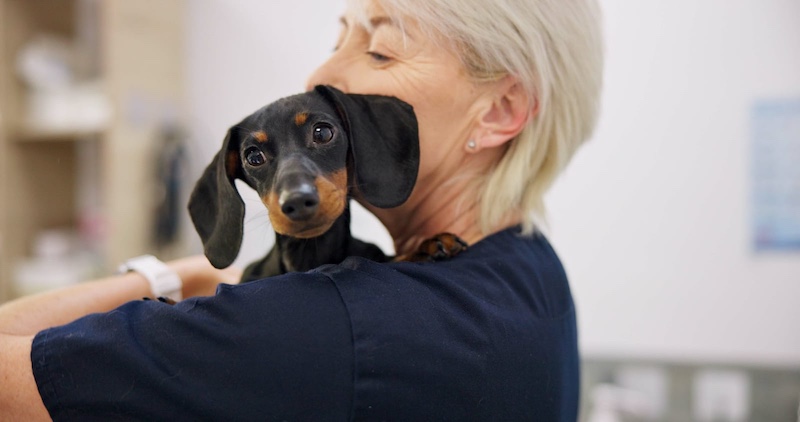
Dachshund translates from German to “badger dog.” These small but mighty pups were bred in Germany to hunt badgers. Their long bodies and short legs made them perfect for burrowing into tunnels and pursuing their prey. The name is a straightforward description of their role and origin.
Beagle

The exact origin of the Beagle’s name is debated, but one theory suggests it derives from the Old French word beegueule, meaning “open throat” or “gaped mouth,” referencing their signature baying bark. Another theory links it to the Gaelic word beag, meaning “small.” Both interpretations highlight traits that define this friendly, vocal breed.
Bulldog

The Bulldog’s name reflects its historical role in bull-baiting, a cruel sport that was eventually outlawed in the 19th century. These dogs were bred for their muscular build and determination. Thankfully, today’s Bulldogs are gentle companions, but their name remains a nod to their tenacious past.
Poodle
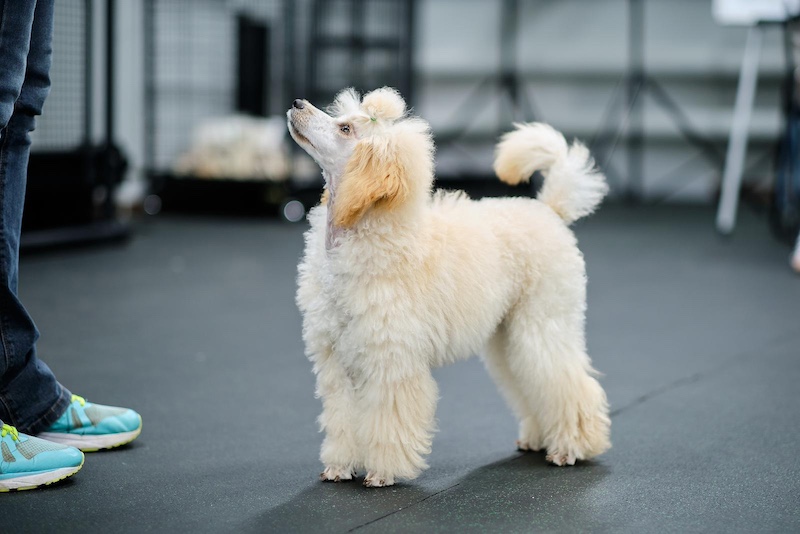
The Poodle’s name originates from the German word pudel or pudelin, which means “to splash in water.” This breed was initially developed as a water retriever, and its distinctive coat was clipped in a way to help it swim more efficiently. The name suits this elegant yet practical breed’s heritage perfectly.
Shih Tzu

The name Shih Tzu translates to “Lion Dog” in Mandarin Chinese. These tiny dogs were bred to resemble the lion statues often seen in Chinese art and culture, symbolizing strength and protection. Despite their small stature, Shih Tzus were considered royal dogs, adored by Chinese emperors.
Labrador Retriever
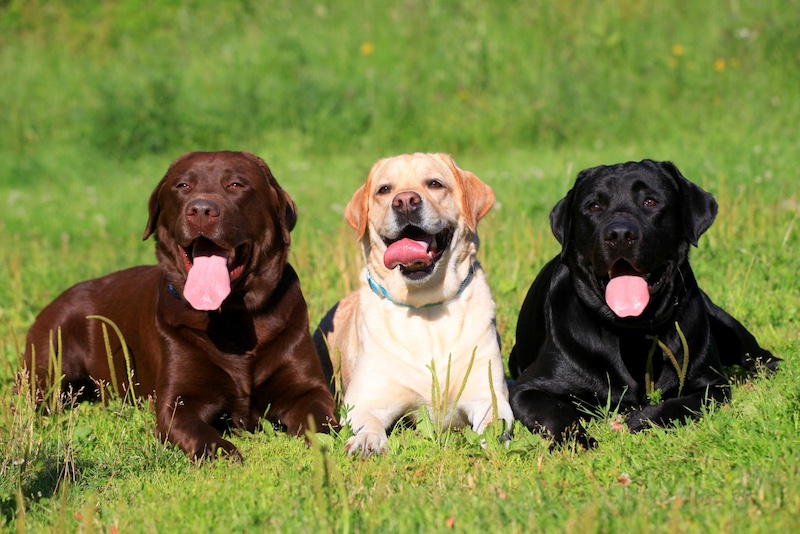
Though the Labrador Retriever is associated with Newfoundland, Canada, its name comes from the nearby Labrador region. The breed was originally used by fishermen to retrieve nets and catch. Their excellent retrieving ability and origins inspired their name, cementing their status as dependable working dogs.
Chihuahua
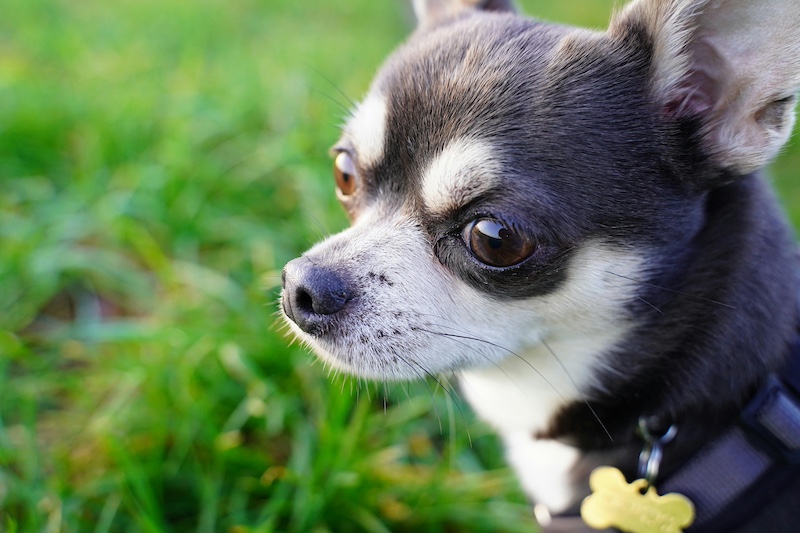
The Chihuahua is named after the Mexican state of Chihuahua, where the breed is believed to have been discovered. These tiny dogs are thought to descend from the Techichi, a companion dog of the ancient Toltec civilization. The name honors their geographical roots and enduring Mexican heritage.
Rottweiler
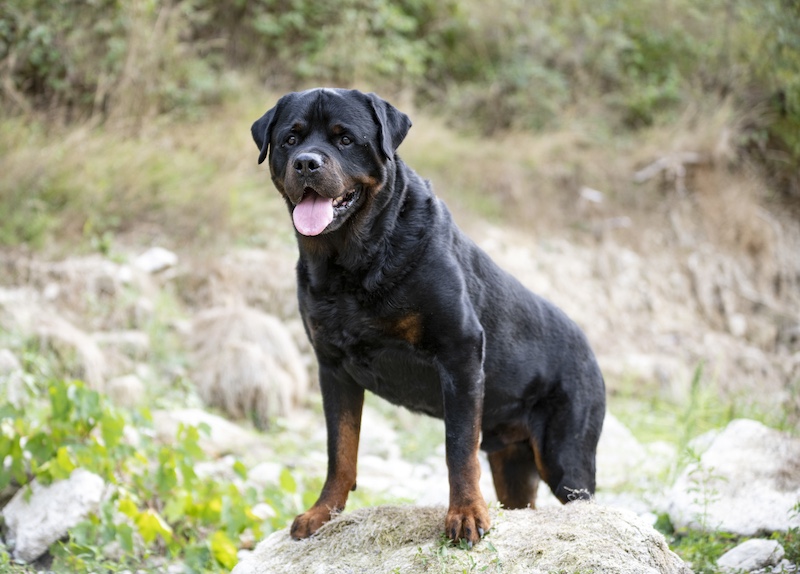
The Rottweiler takes its name from the German town of Rottweil. These dogs were used by Roman drovers to herd cattle, and later became known as “butcher’s dogs” in Rottweil, where they helped move livestock and pull carts loaded with goods. Their name is a tribute to their hardworking legacy in this region.
Yorkshire Terrier
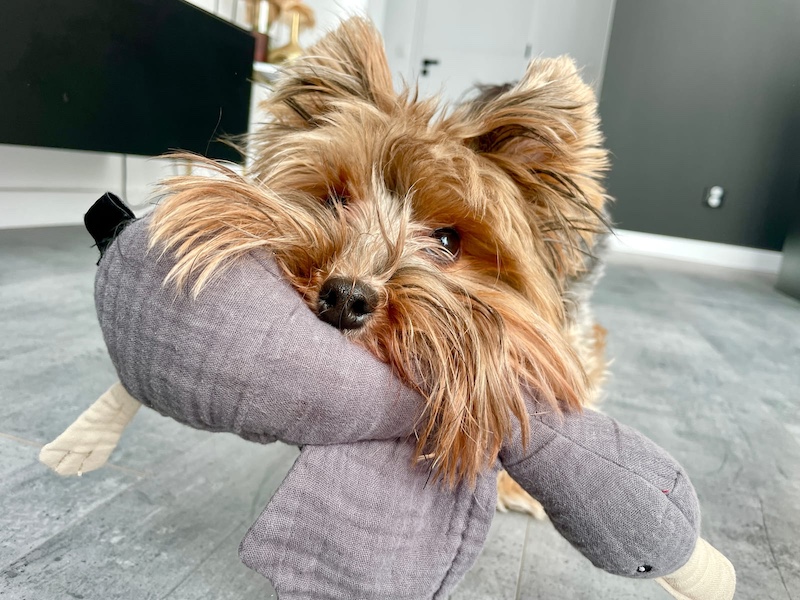
This petite breed hails from Yorkshire, England, where it was originally bred to catch rats in textile mills. The Yorkshire Terrier’s name pays homage to its place of origin and its role in supporting the region’s industrial economy. Over time, the breed transitioned from a working dog to a fashionable companion. Please Note: This content was created with the assistance of AI and thoroughly edited by a human before publishing.

